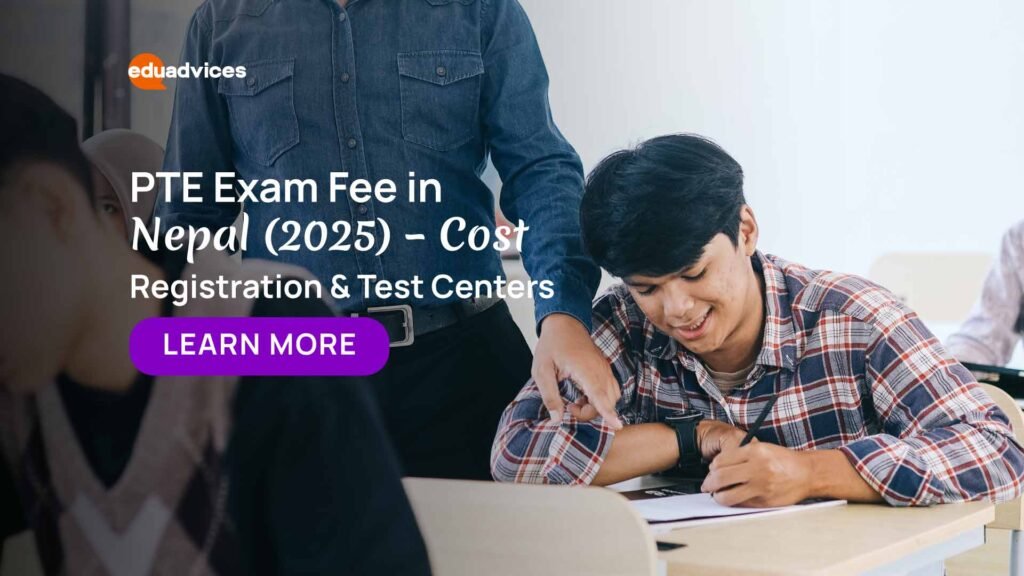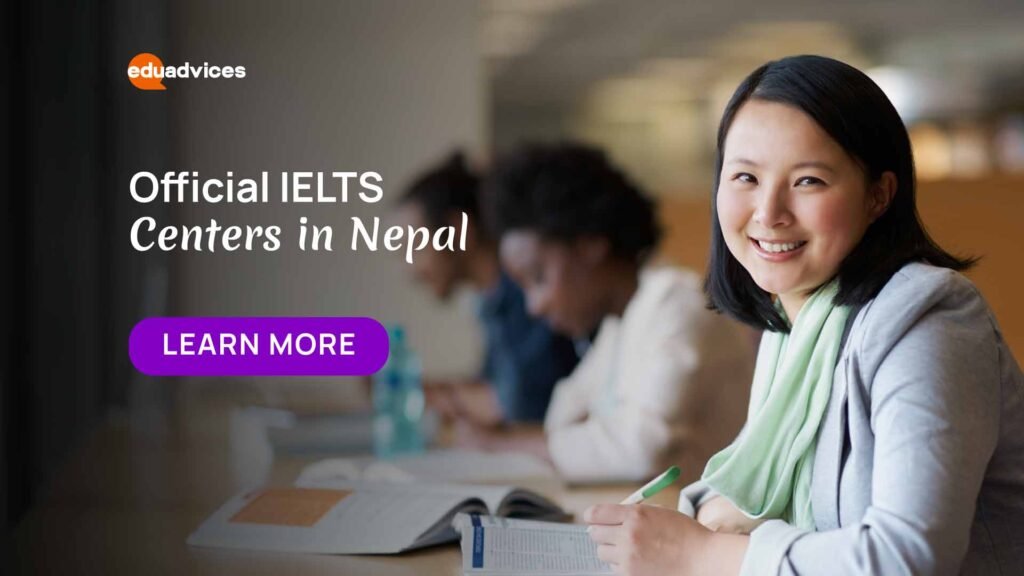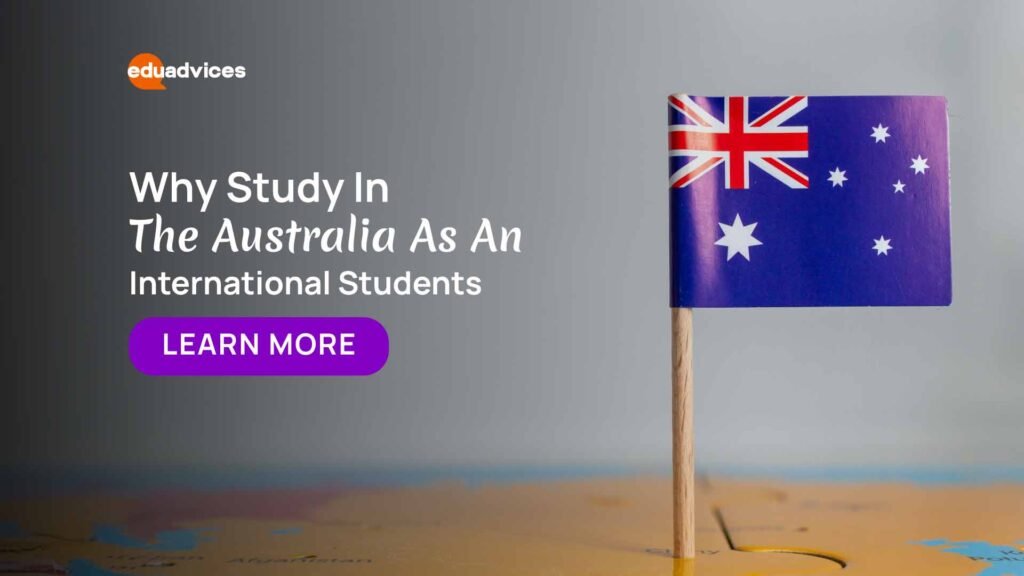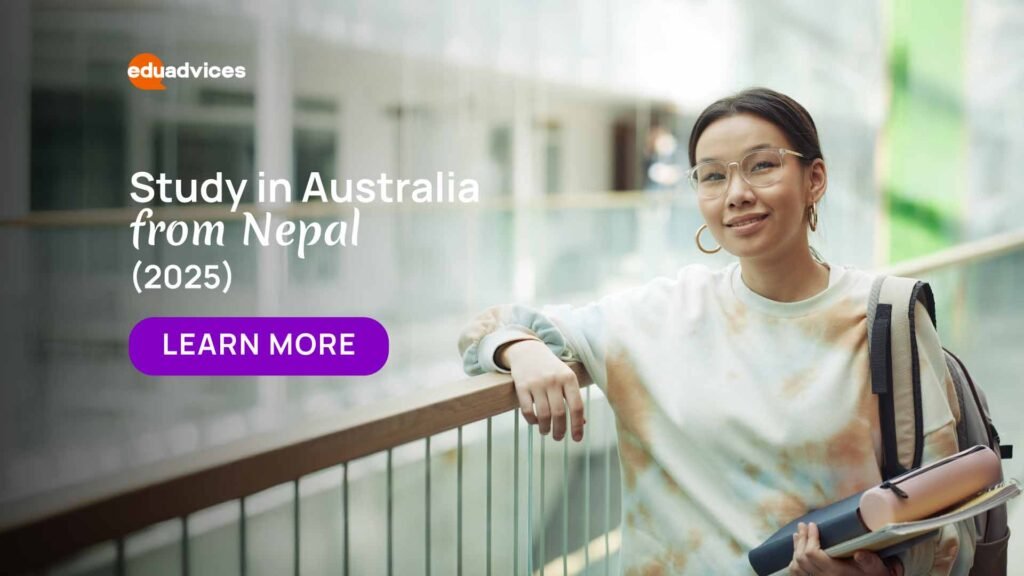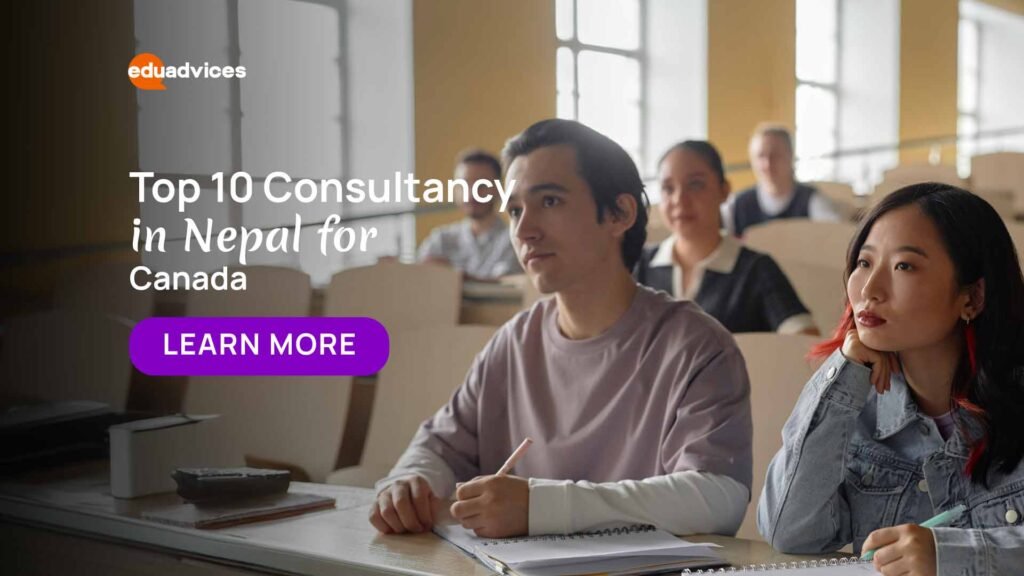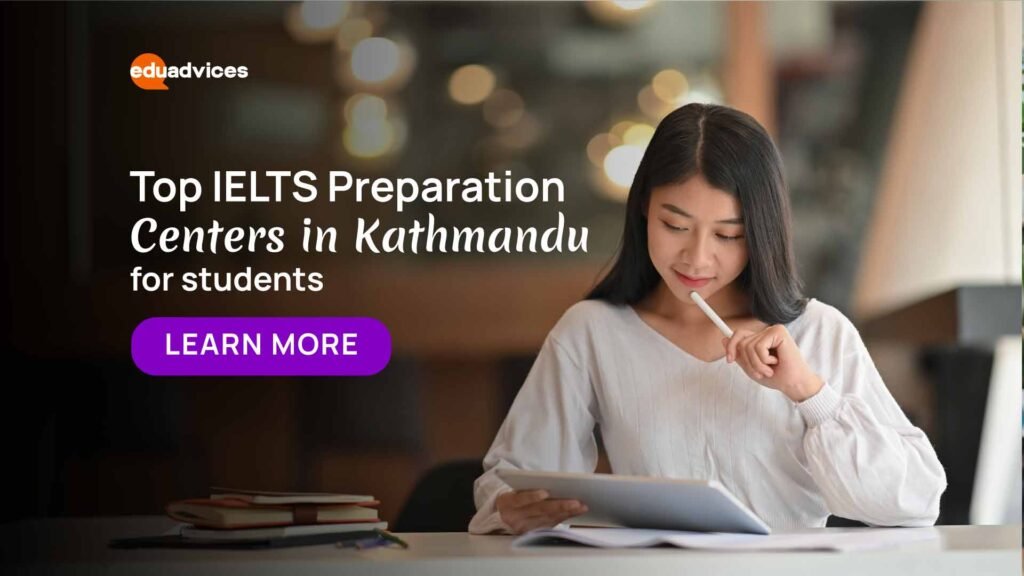Mandatory Documents for a USA F-1 Student Visa Application
For Nepali students aspiring to study in the United States, applying for a US F-1 Student Visa is a pivotal step. The F-1 visa allows you to enroll in academic programs such as undergraduate, graduate, or language training courses. Navigating the visa process, however, can be complex, especially when it comes to gathering the required documents. This comprehensive guide tailors the application process specifically for Nepali students, covering every mandatory document you’ll need for a successful visa application. 1. Passport Your passport is the cornerstone of international travel. Ensure it meets the following criteria: Validity: Your passport should be valid for at least six months beyond your intended stay in the US. If you plan to stay longer, renew your passport well in advance. Pages: It should have sufficient blank pages for visa stamps and other endorsements. Tip for Nepali Students: If your passport is expiring soon, apply for renewal at the Department of Passport in Nepal. Ensure you start this process early to avoid delays. 2. Form I-20 (Certificate of Eligibility) The Form I-20 is issued by the US educational institution where you have been accepted. It is crucial for your F-1 visa application as it establishes your eligibility. Steps to obtain the I-20: Receive an admission letter from a SEVP (Student and Exchange Visitor Program)-approved US institution. Submit necessary documents to the institution, such as academic transcripts, standardized test scores, and financial proof. Once approved, your school will send the I-20 form. The I-20 contains your SEVIS (Student and Exchange Visitor Information System) ID, program details, and financial estimates. Keep this document safe, as it is required during your visa interview and upon entry into the US. 3. DS-160 Form (Online Nonimmigrant Visa Application) The DS-160 form is a critical online application for your F-1 visa. How to fill out the DS-160: Visit the Consular Electronic Application Center. Complete the form with accurate personal, educational, and travel details. Upload a recent passport-sized photograph that meets US visa requirements. Once completed, save and print the DS-160 confirmation page with the barcode. You will need this for scheduling your visa interview. 4. SEVIS Fee Payment Receipt The SEVIS fee is mandatory and supports the maintenance of the SEVIS database. Steps to pay the SEVIS fee: Visit the FMJ Fee website. Pay the $350 fee for F-1 visa applicants using a debit or credit card. Print the payment confirmation as proof. Note for Nepali Students: Keep your payment receipt handy, as it is required during the visa interview. 5. Visa Application Fee Payment Receipt The visa application fee, also known as the Machine Readable Visa (MRV) fee, must be paid before scheduling your visa appointment. Details for Nepali Applicants: The MRV fee is $185 as of 2024 (check the latest amount on the US Embassy’s Nepal website). Payment can be made through Nabil Bank or other designated banks in Nepal. Retain the payment receipt as proof for your visa interview. 6. Passport-Sized Photograph A passport-sized photograph is required for the DS-160 form and the visa interview. Photo requirements: Dimensions: 2 x 2 inches (51 x 51 mm). Background: White or light-colored. Head position: Face directly at the camera with a neutral expression. Clothing: Avoid uniforms or hats unless for religious purposes. Tips for Nepali Students: Ensure your photo is recent and meets the exact specifications. You can get compliant photos taken at professional studios in Nepal. 7. Proof of Financial Support Financial proof demonstrates that you can cover your tuition, living expenses, and other costs during your stay in the US. Accepted forms of financial proof for Nepali students: Recent bank statements showing sufficient funds. Fixed deposit certificates (with maturity dates beyond your study period). Scholarship award letters or financial aid documents. Loan approval letters from Nepali banks. Affidavit of support from a sponsor, along with their financial documents such as income statements or tax returns. Ensure your financial documents are original, recent (not older than six months), and translated into English if necessary. 8. Academic Documents You must provide proof of your educational qualifications to establish your eligibility for the program. Common documents include: Transcripts from SLC/SEE, +2, or bachelor’s degree (as applicable). Degree certificates or diplomas. Standardized test scores (e.g., TOEFL, IELTS, GRE, SAT, GMAT). Note for Nepali Students: If your documents are not in English, get them translated and notarized by an authorized translator in Nepal. 9. Visa Interview Appointment Confirmation Once your DS-160 form and visa application fee are submitted, schedule your visa interview at the US Embassy in Kathmandu. What you’ll need for scheduling: DS-160 confirmation number. MRV fee receipt number. Your passport details. Print the appointment confirmation and bring it along with other documents to your interview. 10. Statement of Purpose (SOP) While not mandatory, a well-crafted SOP can strengthen your application during the visa interview. Tips for Nepali Students: Clearly articulate why you chose the US for your education. Highlight your academic and career goals. Emphasize your intent to return to Nepal after completing your studies. 11. Proof of Ties to Nepal To convince the consular officer of your intent to return home, provide evidence of strong ties to Nepal. Examples of ties include: Property ownership documents in Nepal. Family connections, such as dependents or elderly parents. Job offer letter or employment contract from a Nepali company. Business registration documents if you own a business. 12. Additional Supporting Documents Depending on your specific case, you may need additional documents such as: Marriage certificate (if applicable). Previous US visa(s) or travel history. Birth certificate for dependent children. Medical records if required by your university. Tips for Organizing Your Documents Create a Checklist: Make a detailed list of all the required documents based on this guide and the specific instructions provided by the US Embassy. Cross-check each document once it’s ready to avoid missing anything. Use both digital and physical checklists for backup. Organize by Category: Sort documents into categories such as financial proof, academic records, identity documents, and appointment confirmations. Place each category into


